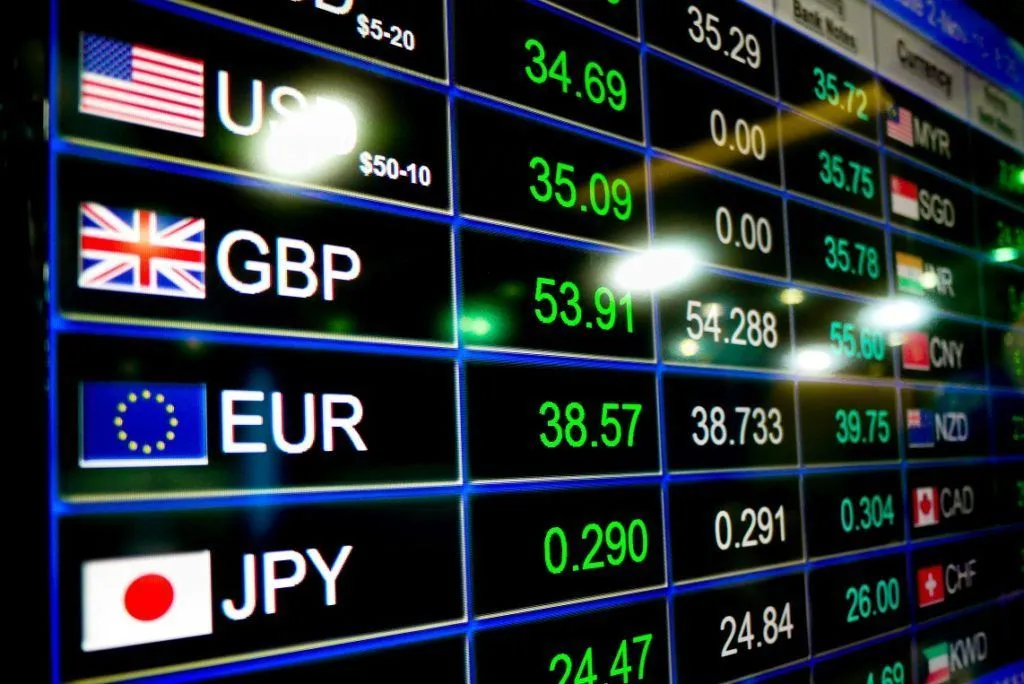In the dynamic world of financial markets, Forex trading has emerged as a lucrative opportunity for individuals seeking to capitalize on currency fluctuations. The Forex market, short for foreign exchange, is the largest and most liquid financial market globally, with trillions of dollars being traded daily. If you’re intrigued by the prospect of trading currencies and navigating the complexities of the Forex market, this comprehensive guide will walk you through the essential steps on how to trade effectively.
Understanding the Forex Market
The Forex market operates 24 hours a day, five days a week, and it involves the exchange of different currencies. Traders engage in buying and selling currency pairs with the goal of making a profit. The most commonly traded currencies include the US Dollar (USD), Euro (EUR), Japanese Yen (JPY), British Pound (GBP), and others.
Key Concepts for Forex Trading
- Currency Pairs: Forex trading involves the simultaneous purchase of one currency and the sale of another. Currency pairs are categorized into majors, minors, and exotics. Majors include the most traded pairs, such as EUR/USD and USD/JPY, while minors and exotics involve currencies from smaller economies.
- Pips and Lots: Understanding pips and lots is crucial for Forex traders. A pip is the smallest price movement in the exchange rate of a currency pair, and it represents the fourth decimal place in most currency pairs. Lots refer to the size of a trade, and traders can choose from standard, mini, or micro lots depending on their risk tolerance and capital.
- Leverage: Leverage allows traders to control a larger position with a smaller amount of capital. While it can amplify profits, it also increases the risk of significant losses. It’s important to use leverage cautiously and be aware of its impact on your trading strategy.
Steps to Trade on the Forex Market
- Educate Yourself: Before diving into Forex trading, invest time in educating yourself. Understand the fundamental and technical analysis, risk management, and the factors that influence currency movements. Numerous online resources, courses, and tutorials are available to enhance your knowledge.
- Choose a Reliable Broker: Selecting a reputable Forex broker is crucial for a successful trading experience. Consider factors such as regulation, trading platforms offered, transaction costs, customer support, and available educational resources.
- Create a Trading Plan: Develop a well-thought-out trading plan that includes your financial goals, risk tolerance, and strategies. A trading plan helps you stay disciplined and focused during various market conditions.
- Practice with a Demo Account: Most brokers offer demo accounts that allow you to practice trading with virtual money. This is an invaluable tool for honing your skills, testing strategies, and gaining confidence before risking real capital.
- Monitor the Markets: Stay informed about global economic events, central bank decisions, and geopolitical developments. Economic indicators, such as GDP, interest rates, and employment data, can significantly impact currency prices.
- Use Risk Management Strategies: Implement risk management techniques, such as setting stop-loss orders and limiting the percentage of your capital risked on each trade. This helps protect your account from substantial losses.
- Start Small and Scale Up: Begin with smaller trade sizes and gradually scale up as you gain experience and confidence. This approach minimizes the risk of significant losses during the learning process.
- Keep Emotions in Check: Emotions can cloud judgment and lead to impulsive decisions. Stick to your trading plan and avoid making decisions based on fear or greed. Regularly assess and adapt your strategies based on market conditions.
Conclusion
Trading on the Forex market offers immense potential for financial success, but it requires dedication, education, and a disciplined approach. By understanding the fundamentals, developing a solid trading plan, and continually refining your skills, you can navigate the complexities of the Forex market with confidence. Remember, successful Forex trading is a journey, not a destination, and continuous learning is key to staying ahead in this dynamic environment. Happy trading!

